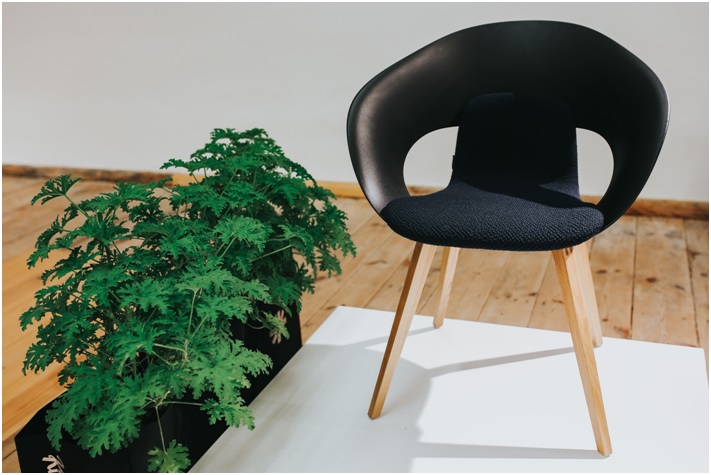The foundation of coaching is our partnership with the client but the concept of trust is the mortar in this foundation. It is expressed in the skill and competency of “Creating Trust”.
The goal of designing a trusting space is to create an environment where there is freedom and liberty, for both the coach and the client. This enables ongoing support, respect and trust to flourish.
In this space, the awareness of the client can organically arise and new steps can beautifully take shape. A key element to a trusting space is the presence of peace, which brings great security to the heart of a client. A mutually trusting, vulnerable, open and honest relationship will produce an environment that allows the client’s confidence to rise. This kind of space also energizes a client, favors growth and increases their levels of commitment to the coaching process.
For the coach, the co-creation of the relationship with the client requires establishing trust and intimacy in order to create a trusting and respectful environment. This is a professional obligation and responsibility on the part of the coach. The coach can then be in the moment and connected to complete trust.
Designing a trusting space for a client requires 3 important steps:
- Create a trusting space within yourself.
- Create an atmosphere of trust in your client.
- Simply trust the coaching process.
Step 1:
The initial step of this process is the most crucial one. I am unable to create a trusting space for anyone else if I, as a coach, am full of judgments, doubts, fears, preconceived ideas or expectations. I am able to offer my best to my client when I choose to create space within myself by preparing my heart, soul and mind for my session.This preparation can take many forms such as journaling, going for a walk, or enjoying a quiet time. This provides me with a space where I can be myself, be honest, calm, present and focused. My coaching can then take a very natural and sincere flow.As a coach, I am committed to trust: I am confident and I trust myself first.
Step 2:
An atmosphere of trust requires a sense of knowing the terms and expectations of the relationship. During the initial complementary session, I provide my client with clear guidelines about my practice. This clarity ensures that my client comes into her coaching session with complete awareness and freedom in regards to her expectations and the terms of our professional coaching relationship. This allows her to trust me as her coach.
I then use the atmosphere of the session itself to coach her inthis space of trust.My client is considered a full partner in our coaching relationship; I view her with the utmost positive regard. A coaching relationship is an absolute privilege; my desire is always to act in the best interest of my client. This begins with my trust in her ability to be creative, resourceful and whole. She trusts me as her coach; and I, in return, believe in her.
Step 3:
I am now well positioned to trust the coaching process itself. This enables me to be in a state of “not knowing” which gives room for my client’s awareness to expand.
My responsibility includes finding the balance between supporting my client and challenging her. A trusting space provides me with the structure that I need to be successful in this role.For my client,trusting the coaching process causes her to have the opportunity to fully and freely express herself. Using the simplicity of trust, I am able to design a beautiful space for my client to not only grow but to flourish.
Trust is the mortar in the foundation of the powerful work of coaching.
Sarah Creek, CPC
Simplicity Life Coach & Founder at Pure Simple Change
www.puresimplechange.com
